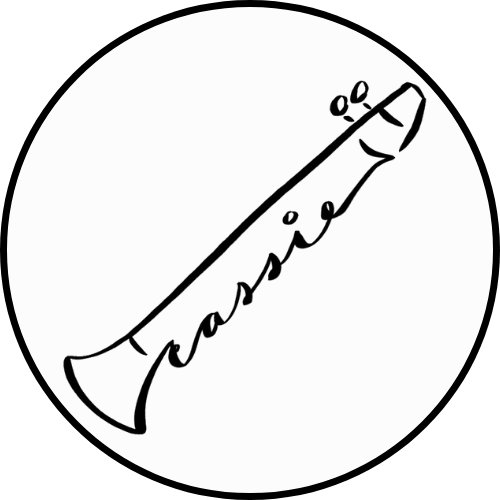Clarinet for Complete Beginners: How to Get Started on the Right Note
So you've decided to learn to play the clarinet - congratulations! The clarinet is a beautiful and versatile woodwind instrument that is used in many types of music from classical to jazz. While picking up any new instrument can feel intimidating at first, don't worry - with some guidance and practice, you'll be playing melodies in no time.
This post will cover everything you need to know to get started on the right note with the clarinet as a complete beginner. Let's dive in!
Get the Right Clarinet
The first step is to acquire a quality student clarinet. Many beginners start with a plastic Yamaha clarinet, which is a good affordable option compared to cheap wood clarinets that can be challenging to repair. You'll want to avoid very inexpensive Amazon clarinets as the keys are more likely to get damaged due to poor build quality.
When assembling, it's crucial not to damage the keys, so refer to a music instructor or reputable lesson video on proper hand placement, especially for cheaper instruments. Repair technicians often turn away low-quality clarinets because they're so difficult to fix.
You'll also need:
Clarinet reeds - Rico reeds in strengths 2 or 2.5 are fine for beginners, though as you progress, I would recommend Vandoren after you improve over time
A durable clarinet case
Cork grease
A cleaning cloth
Some of my former students have asked me “are clarinet and saxophone reeds the same?” No, while both are single reed instruments, clarinet reeds are longer and thinner than saxophone reeds. Using the wrong type of reed will negatively impact your tone.
Learn Proper Assembly
Before you can make a sound, you'll need to put the clarinet together correctly. The main pieces are the clarinet mouthpiece, barrel, upper joint, and bell. Follow these steps:
1. Insert the cork-greased reed onto the mouthpiece
2. Connect the barrel to the mouthpiece
3. Attach the upper joint with the distinctive curve
4. Lastly, connect the bell at the bottom
Get a Comfortable Hand Position
Holding the clarinet correctly from the start is so important. With the thumb rest positioned securely on your left thumb, curl your fingers comfortably around the tone holes. Support the weight with your right thumb on the underhang. Keep your mouth, head, and body posture upright.
Master the Embouchure
The embouchure is how you shape and tighten your lips and facial muscles to produce a sound. Guide the curved mouthpiece deep into the chin area with the bottom lip rolled slightly over the lower teeth. Keep facial muscles firm yet relaxed. Start by blowing through the reed to produce your first sound!
Learn Fingerings Note-by-Note
Once you can make a sound, it's time to learn the clarinet's fingerings. Start slowly by mastering one note at a time by pressing down the correct keys. An easy way to begin is by learning G, F, E, in that order since their fingerings use progressive key combinations. Refer to a clarinet fingering chart as you practice.
At some point, you may encounter squeaking and think, “why does my clarinet squeak?” Squeaking is very common for beginners and usually caused by incorrect embouchure position, too much mouthpiece pressure, or improper hand position. Don't get discouraged! When this occurs, try following along to a YouTube lesson video, or ask a music instructor.
Practice Makes Progress
Be patient and persistent with your daily practice. Even 15-20 minutes per day spent reviewing fingerings, watching instructional videos, or playing easy songs can lead to steady progress. Celebrating small wins and giving yourself grace is important too!
With quality instruction, dedication, and some patience, you'll be well on your way to playing beautiful melodies on your new clarinet. Have fun with this new musical journey!


